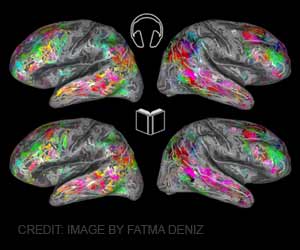Synthesis of molecules with specific chirality can be difficult; however, it is an important target of many chemists as they seek to obtain desired materials.

‘Chiral molecules possess asymmetry, synthesis of molecules with specific chirality can be difficult; however, it is an important target of many chemists as they seek to obtain desired materials.’





The findings, reported in the Royal Society of Chemistry's ChemComm, show that the synthesized chiral molecules contain imidazoline rings--five-membered rings containing two nitrogen and three carbon atoms. Materials containing these rings are potentially useful as catalysts and pharmaceutical agents. The researchers found that the catalytic Mannich reaction is an effective method to synthesize chiral imidazolines from α-isocyanoacetates and ketimines. This is an important finding because ketimines are generally considered poor starting materials because of their low reactivity and weak ability to form selected chiral molecules. In their synthetic approach, the researchers first determined the optimal conditions to achieve high yields of imidazolines with specific types of chirality. "Performing the Mannich reaction with a certain cinchona alkaloid catalyst gave a product with high stereoselectivity, so molecules with a desired specific configuration were generated," lead author Shuichi Nakamura explains.
"Using a different catalyst gave the corresponding product with the opposite chirality." Through investigation of the optimal reaction conditions, the team then performed the catalytic Mannich reaction using a variety of different isocyanoacetates and ketimines.
They found that the reaction progressed well for many of these materials to provide chiral products with high yield and stereoselectivity. The products were then converted into chiral imidazolines by removing a protecting group. "Until now, no method had successfully synthesized vicinal tetrasubstituted imidazolines effectively and efficiently. This is the first example of highly stereoselective synthesis of imidazolines through reaction of non-activated ketimines with isocyanides," Nakamura says.
The group's findings reveal a new route to obtain complex, versatile materials from starting materials with low reactivity.
Advertisement









